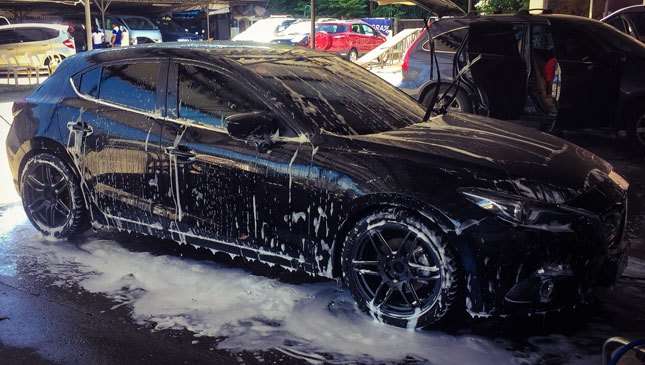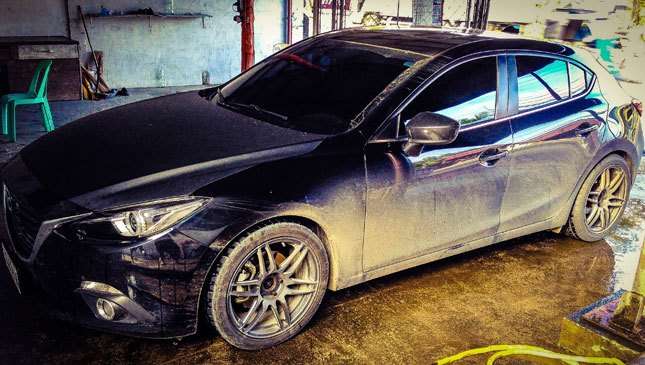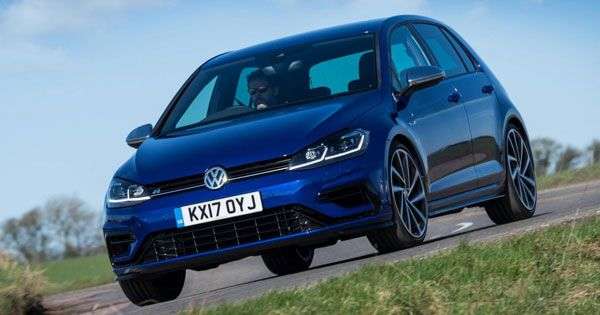
For now, you can set aside what your old man or grandfather taught you or whatever you might have observed at your typical car wash. Think of this as a hard reset. After that, I shall fill you in on updated know-how on how to wash your vehicle the proper way for the rest of your car-lovin' life.
We shall first identify the don’ts immediately followed by the dos:
*Failing to do a thorough pre-shampoo rinse. Skipping out on this step or not doing it well enough will leave your car's surface with abrasive residue that could leave unsightly marring. With a hose and nozzle, begin spraying a controlled stream of water from the roof working your way down to the wheels, loosening debris like mud and sand. If you don't have a hose, a tabo and bucket should do. Gently use a microfiber towel to get loose dirt off as you pour water onto the car.
*Washing under direct sunlight. Here's a common mistake that even some shops are guilty of. Even if you use the best car shampoo out there, it won't save your paint, plastic and glass from hideous watermarks especially when the water coming out of the tap is hard or heavily-mineralized. By all means, always wash in a completely shaded and ventilated area. Let the car's surface cool off too before beginning.
*Using harsh soaps like detergent. Laundry or dishwashing liquids are extremely harsh on a car's paint, plastics, and rubber moldings. Save Mr. Clean for your soiled clothes and use automotive shampoo instead. It is specifically designed for your car's finish and won't harm its other bits.
*Using a sponge. The old method of shampooing your car with a sponge has been proven to be detrimental to your paint. Why? A sponge basically grabs abrasive debris from your painted surfaces and scratches it as you scrub along. Squeaky-clean sounds better than looking scratchy-clean. Use a microfiber mitt or towels. It will save you from costly paint correction work later on as it is designed to lift dirt away from the surface as it cleans.

*Using only one bucket. You dip your mitt into a bucket of foamy suds, clean away then dip it back in? It's like recycling the dirt back onto your car. Nasty! It is harmful to your paint, too. Go with the two-bucket method: one for your suds and the other (filled with clean water) to clean out your mitt or wash cloth before dipping it back into the shampoo mixture. This prevents you from bringing blemish-causing debris back to your car's finish.
*Shampooing from the ground up. Usually, the harshest, thickest dirt and grime are located in your vehicle's lower portions such as your wheels, fenders, and running boards. If your hose-down missed some spots and you begin shampooing from these areas working your way up to the roof, there's a greater risk of harming your paint. Instead of transferring dirt away, you'll be lifting it to areas where it can cause imperfections. Always start from the roof heading down. At least you'll be using the shampoo's slickness combined with gravity in sending all that abrasive crap back to the ground where they belong.
*Using the same wash towel/mitt for the entire car. This is just plain wrong on all levels for obvious reasons, but some car owners still do it. It's fairly simple: Save your best microfiber wash mitt for your paint, and use a separate microfiber towel for your wheels, exhaust tips, and cooling vents. Use an older towel for your wheel wells, the areas under your running board, and bumpers.
*Forgetting to dry out hidden areas. This includes under your hood, trunk, door hinges, cowl, side mirrors, and door handles after rinsing. Thing is, the build-up of water and heavy staining over time on said parts can cause, corrosion, deterioration, and eventually damage. It can also cause external watermarks as you drive off. Open up these areas and start wiping away with a microfiber chamois or dry towel. You can use a squeeze blower to draw water out.











